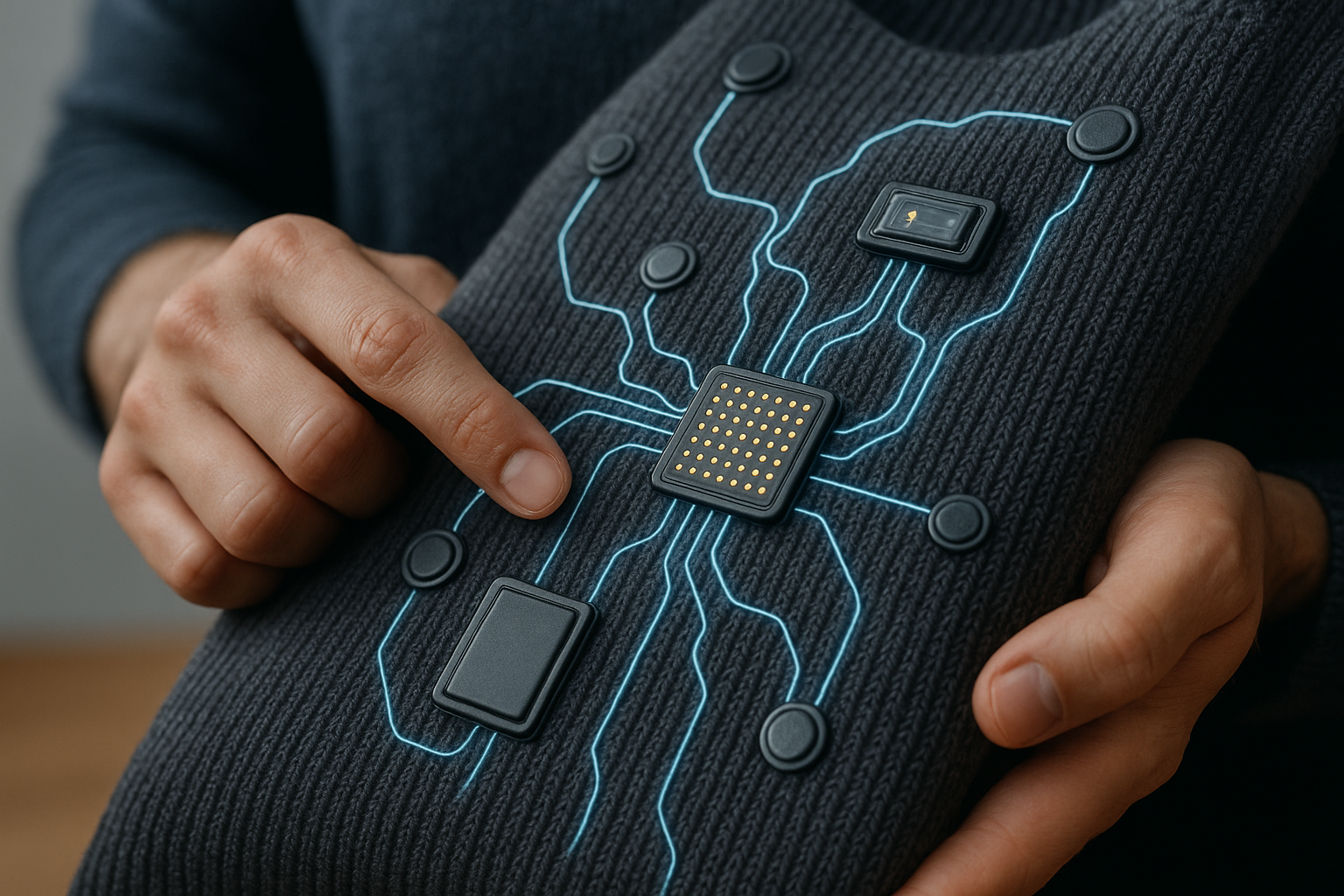The Emergence of Smart Textiles: Weaving Technology into Fabric
The dawn of smart textiles is upon us, blending the lines between fashion, technology, and innovation. Imagine your clothes being more than just a fashion statement, with the ability to monitor your health, charge your devices, or interact with your smartphone. Welcome to the era of smart textiles, where technology is seamlessly woven into the fabric of our daily lives.

From Threads to Tech
The concept of smart textiles dates back to the late 20th century when initial attempts were made to integrate technology into fabrics. But it wasn’t until the advent of miniaturized electronic components and advanced manufacturing techniques in the 21st century that the idea truly took off. Today, smart textiles, also known as e-textiles, are revolutionizing sectors ranging from healthcare and sports to fashion and military.
The Fabric of the Future
Smart textiles are embedded with digital components such as sensors, microcontrollers, and actuators, turning ordinary fabrics into interactive platforms. From monitoring a wearer’s vital signs and environmental conditions to providing haptic feedback, these textiles can perform a multitude of functions. In 2020, a research team from Purdue University developed a new fabric innovation that allowed for electronic components to be embroidered directly onto textile, paving the way for even more advanced smart textile applications.
The Market Scene
The smart textiles market is projected to reach $5.55 billion by 2025, according to a report by MarketsandMarkets. This growth is driven by the increasing demand in sectors like healthcare, where smart textiles can monitor patient health, and defense, where they can provide soldiers with enhanced capabilities on the battlefield. Even the fashion industry is embracing the trend, with designers incorporating smart textiles into wearable tech clothing lines.
The Current Pulse
Recently, Google’s Project Jacquard made headlines for integrating touch and gesture interactivity into textiles. Partnering with brands like Levi’s and Saint Laurent, they have created products like jackets and backpacks that can control music, answer calls, and even provide navigation cues, all through simple gestures on the fabric.
Looking Ahead
As smart textiles continue to evolve, they promise to redefine the intersection of technology and fashion. With advancements in flexible electronics and nanotechnology, the potential for smart textiles is vast. Imagine a future where your clothes could change color based on your mood, or your bed sheets could monitor your sleep patterns and adjust the room temperature accordingly. The possibilities are endless.
In conclusion, smart textiles are not just a fascinating technology trend, but a testament to humanity’s endless drive for innovation. They are transforming the way we perceive our clothing and accessories, turning them into interactive, responsive, and smart companions. The future is being woven into the very fabric of our lives, and it’s an exciting one to envision.




